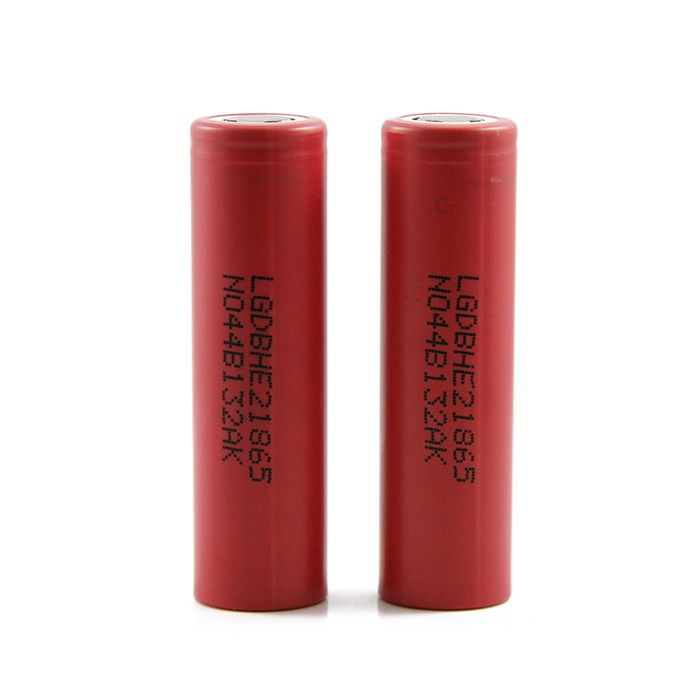
In the world of rechargeable batteries, there are numerous sizes and types available to power various devices, from flashlights to vaping mods. Two common battery sizes that you’ve likely come across are the 26650 and 18650 batteries. Despite their similar names, these batteries have distinct differences in terms of size, capacity, and applications. In this comprehensive blog post, we’ll explore these differences to help you understand which battery might be the right choice for your specific needs.
18650 Batteries

Size
The name “18650” refers to the battery’s dimensions: 18mm in diameter and 65mm in length.
Capacity
18650 batteries typically have a lower capacity compared to 26650 batteries. They range from 1800mAh to 3500mAh, though newer high-capacity models can go even higher.
Voltage
Most 18650 batteries are rated at 3.6V to 3.7V.
Applications
18650 batteries are widely used in portable electronics, including laptops, flashlights, e-cigarettes, and various other devices. Their smaller size makes them ideal for compact applications where space is limited.
Advantages
- Compact and lightweight, suitable for small devices.
- A wide variety of options and manufacturers to choose from.
- Commonly used in consumer electronics, making them readily available.
Disadvantages
- Lower capacity compared to 26650 batteries, resulting in shorter runtimes.
- May not be suitable for high-power applications that require extended use.
26650 Batteries

Size
The 26650 battery is larger, with a diameter of 26mm and a length of 65mm, hence the name.
Capacity
26650 batteries are known for their higher capacity, ranging from 4000mAh to 6000mAh or more. This means they can store more energy and provide longer runtimes.
Voltage
Similar to 18650 batteries, most 26650 batteries are rated at 3.6V to 3.7V.
Applications
26650 batteries are commonly used in high-power devices such as flashlights, high-performance vaping mods, power tools, and electric vehicles. Their larger size allows them to provide the high currents required for these applications.
Advantages
- Higher capacity translates to longer usage times between charges.
- Better suited for high-drain applications due to their ability to deliver more current.
- Longer lifespan and better heat dissipation in high-power devices.
Disadvantages
- Larger and heavier than 18650 batteries, which can limit their use in smaller devices.
- Less variety and availability compared to 18650 batteries.
Choosing the Right Battery for Your Needs
When deciding between 26650 and 18650 batteries, consider your specific application and requirements. Here are some key points to help you make an informed choice:
- Space Constraints: If you have limited space in your device, 18650 batteries are the better option due to their smaller size.
- Capacity and Runtime: If you need longer usage times between charges, 26650 batteries are the way to go, thanks to their higher capacity.
- High-Drain Applications: For high-drain devices like powerful flashlights or vaping mods, 26650 batteries are ideal because they can handle the higher current demands.
- Availability: 18650 batteries are more commonly found in consumer electronics, making them readily available. If convenience and a wide range of options matter to you, they might be the better choice.
Conclusion
Understanding the differences between 26650 and 18650 batteries is essential when choosing the right power source for your devices. Consider your specific needs, size constraints, and power requirements to determine which battery size is the best fit. Both types have their advantages, so with the right choice, you can ensure optimal performance and longevity for your electronic gadgets and tools.

If you use a lot of 20700/21700/26650 batteries, the Gyrfalcon All-88 is the charger for you. The All-88 offers 8 wide charging bays that can be individually set for charging speed, and the power to charge up to 8 larger-sized cells at 1A at the same time.Fits 8 Large Cells (26650/20700/21700) – At Once! With its longer and wider charging bays, this charger can support the charging of 8x 26650/21700/20700 size batteries at one time.
Here is the link of the review:
